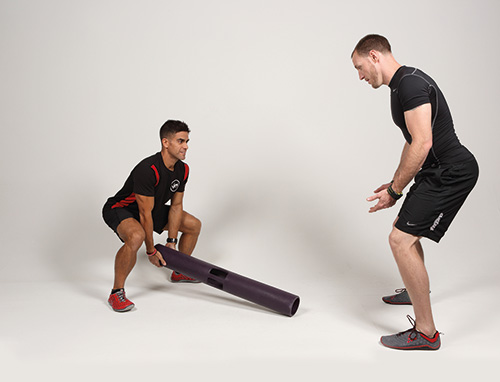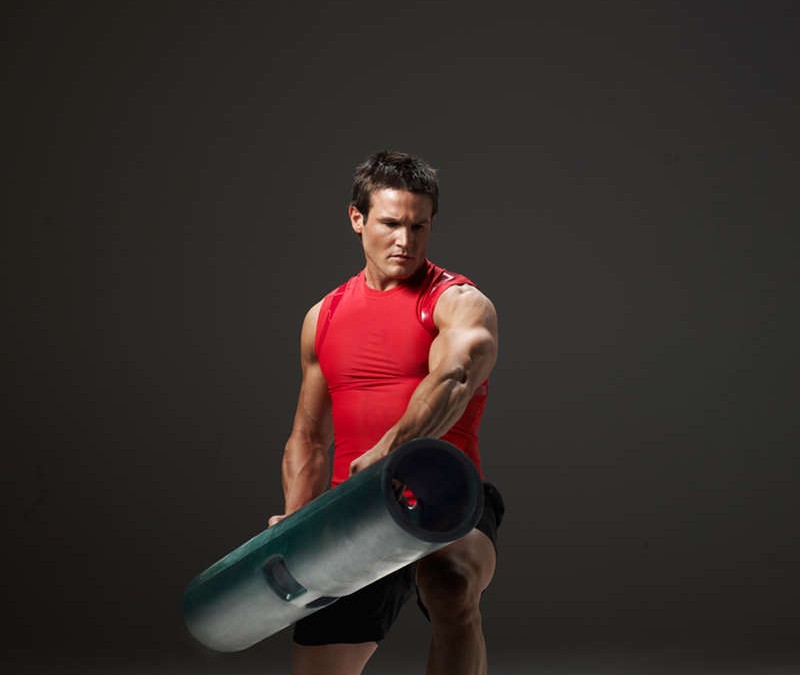Outside of athletic endeavors, people will work with a coach (or trainer, or whatever title you use) for any number of reasons, all of which boil down to one thing: you bring value to their lives, says Steve Rast.

Not many things are more professionally satisfying than seeing your clients achieve goals they once thought nearly unachievable. To put a cherry on top of that trainer sundae is when they have not only achieved the goal(s) they set out to, but also have an entirely new level of capacity they never had before, or hadn’t possessed for a long while. I’ve listed a couple of reasons below why I believe using ViPR and its way of training will enhance both your career and the lives of your clients. If you’ve used ViPR to help people become fitter or healthier, we’d love for you to sound off as well in the comments below.
1.The movements can always be scaled to be harder or easier, but will always require more cueing. This works for you in a number of ways. Firstly, you get to stay more engaged during the session. Secondly, it gives you more opportunities to establish yourself as the expert during the session, which can further drive home their belief of why they are working with you to begin with. From a business standpoint, that can lead to more sessions if they are on the bubble or you think it is recommended.
2. You can sneak in more functional movements under the guise of whatever is in line with their goals. One of the reasons I really enjoy conducting ViPR seminars with other trainers is that it is essentially using a piece of (excellent) equipment built on the concept of Loaded Movement Training, which is further validated by its four scientific anchors, and even teaches programming and cueing. Suppose you have a client carrying more weight than they want, or would even be considered healthy. First and foremost, ViPR workouts can drive an appropriately high level of metabolic demand on them through compound movements in all planes of motion. But, if we dig a little deeper, maybe they are also having some knee or low back pain as well. Rather than having to first address those pain points before getting into some serious training, you can warm them up using the reconditioning protocol within the ViPR programming to establish your points of performance for the movements, which can then serve to address some of the disconnects that are contributing to their faulty movement patterns or poor posture and positioning. Once you’ve got them moving at a level that satisfies you, you can start to ramp up the intensity of their output, building off of everything you have just established. Then they are moving vigorously and in a manner that reinforces good mechanics.

